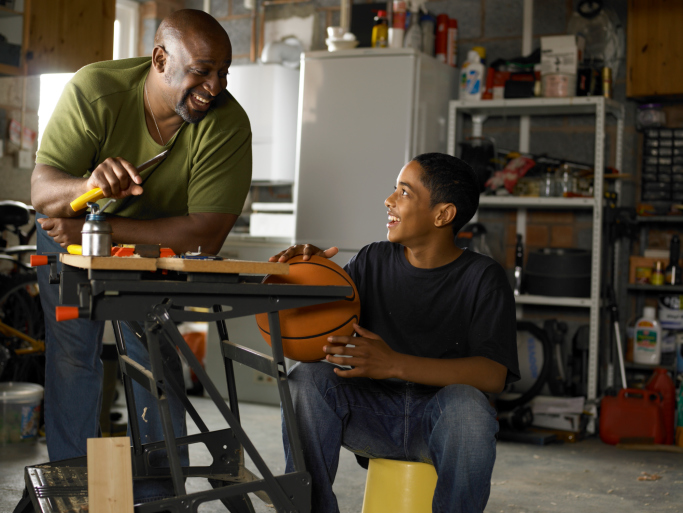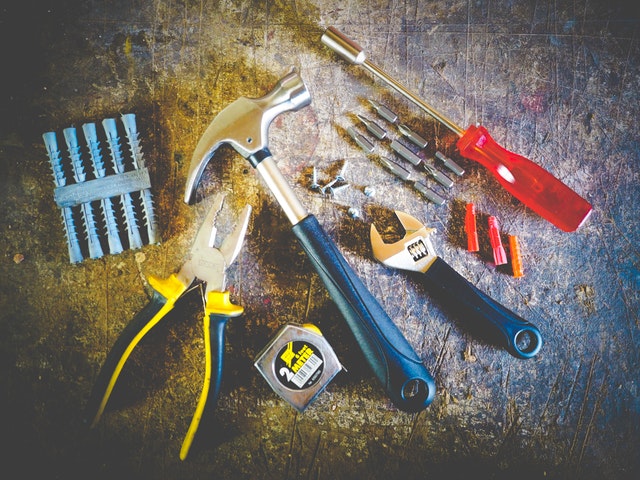It’s Not Just Car Storage: How to Transform Your Garage into a Brand New, Highly Usable Space
 In some homes, garages are used only for car storage. They may appear to be bare and without real functional use for homeowners. However, other garages may be an envy of the neighborhood – they may have floor to ceiling shelving systems, and they may be the picture-perfect image of organization.
In some homes, garages are used only for car storage. They may appear to be bare and without real functional use for homeowners. However, other garages may be an envy of the neighborhood – they may have floor to ceiling shelving systems, and they may be the picture-perfect image of organization.
With a bit of planning and creativity, you can turn your garage into a much more functional space. Here’s how you can make your garage the most useful space in the house.
Determine What You Need To Store
One of the most important steps to take when improving the functionality of your garage is to determine which items you need to store. The last thing you want is to invest in a shelving system or cabinets for your garage only to later realize that your belongings do not fit in the features you have purchased. Take an inventory of the items you want to put in the space as well as their sizes and dimensions, and then take stock of the space available to store these items.
Invest In Storage Features
There are numerous types of storage features that you may choose to invest in for your garage, such as cabinets, drawers, wall pegs, shelves, overhead storage features, and bins.
The best storage features for your garage are those that take into account your accessibility needs. For example, seasonal items that you may rarely need access to may be placed in overhead storage features that hang over the cars. On the other hand, screwdrivers and other tools that you may need to use more frequently should be placed in a more accessible area.
Consider The Look Of The Garage
Some homeowners truly do not care what their garage looks like, but you should keep in mind that this is a room that is revealed to the outside world each time your garage doors are raised. This can indeed affect curb appeal and others’ impressions of you. Therefore, think about investing in a full garage storage system rather than piecing together different items.
If your garage looks like a war zone, you are wasting valuable storage space and compromising your property value. Investing in aesthetically pleasing and highly functional storage solutions can turn your garage into a major selling point and a great multi-use space.

 It takes hard work to achieve the American Dream of homeownership. Everyday people work to save for a down payment and build a good credit score. When you turn the key to your first home or dream home, the sweat equity feels well worth it.
It takes hard work to achieve the American Dream of homeownership. Everyday people work to save for a down payment and build a good credit score. When you turn the key to your first home or dream home, the sweat equity feels well worth it. Reality TV shows about house flipping make it look easy. But behind every lucrative renovation project, there are factors that impact profitability such as buying price, labor costs, unforeseen setbacks and perhaps most importantly, location.
Reality TV shows about house flipping make it look easy. But behind every lucrative renovation project, there are factors that impact profitability such as buying price, labor costs, unforeseen setbacks and perhaps most importantly, location. Many of us are guilty of plopping on the sofa and binge-watching reality TV home flipping shows. The allure of buying and selling homes for big profits with no boss looking over our shoulders has major lifestyle appeal.
Many of us are guilty of plopping on the sofa and binge-watching reality TV home flipping shows. The allure of buying and selling homes for big profits with no boss looking over our shoulders has major lifestyle appeal. “Move-in ready” homes are desirable — there’s no doubt about it! But sometimes it makes better financial sense to opt for a house with dated decor and a less than trendy kitchen or master bath. You may not get your dream home immediately, but the opportunity to transform a property into your own swan can be rewarding. It can also be easy on the pocketbook.
“Move-in ready” homes are desirable — there’s no doubt about it! But sometimes it makes better financial sense to opt for a house with dated decor and a less than trendy kitchen or master bath. You may not get your dream home immediately, but the opportunity to transform a property into your own swan can be rewarding. It can also be easy on the pocketbook.